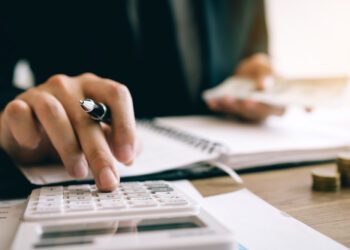Though Dry January followers may be saving money on their bar tab, participants in the no-drinking trend are now learning that less alcohol doesn’t always mean more savings.
Without the same mass-production facilities behind the alcoholic beverage industry, non-alcoholic drinks usually cost more to manufacture – a factor that trickles down into the beverages’ sticker value.
According to the Bureau of Labor Statistics, the cost of drinks under the “nonalcoholic beverages and beverage materials” category has grown by 20% since 2020 in comparison to the 15% rise in costs of alcoholic beverages during the same time period.
As the Dry January trend grows and the popularity of drinking in general diminishes, it remains to be seen if rising demand for non-alcoholic beverages will drive the drinks’ price down in the near future.












